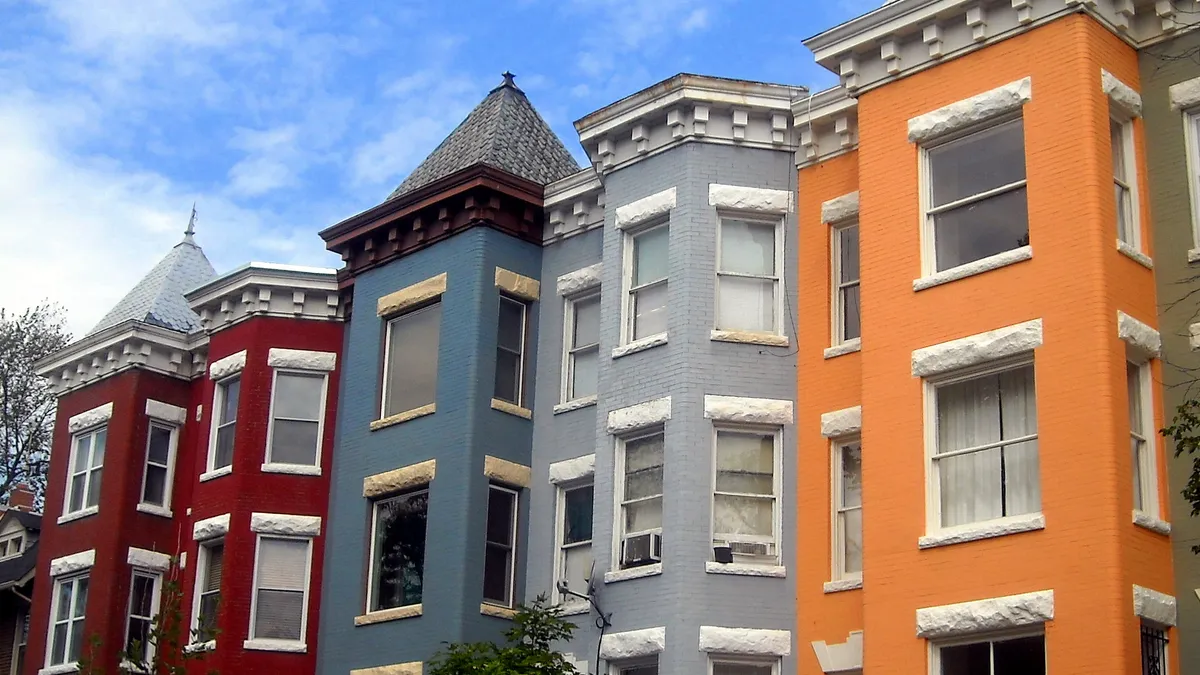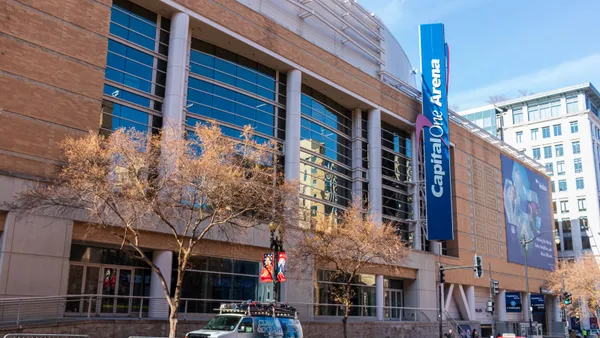Dive Brief:
-
U.S. home-price growth came up short of analyst expectations in March, rising 5.8% for the month, according to a CNBC analysis of the latest S&P CoreLogic Case-Shiller U.S. National Home Price Index.
-
The index was up 5.9% year-over-year in March and it marks a 33-month high for price growth.
-
The trio of Seattle, Portland, OR, and Dallas saw the largest year-over-year home-price increases for the second-straight month, at 12.3%, 9.2% and 8.6%, respectively. Ten cities reported higher annual price gains in March 2017 than did so in February 2017.
Dive Insight:
Limited inventory continues to be a drag on the market as the presence of strong demand without enough supply to match pushes prices up. Despite a strong showing in March, existing-home sales turned down in April due in large part to a shortage of for-sale listings relative to demand.
New-home sales showed a similar trajectory, with the category posting its best month since July 2016 in March before falling well below analyst predictions in April. In the case of new home sales, the April drop-off was credited to a mild winter that allowed construction crews to get to work on homes earlier than anticipated.
The national median home value has surpassed its pre-recession high, rising to $198,000 in April 2017, compared to $196,600 a decade earlier. While market watchers aren't concerned about another bubble anytime soon, the continued trend of home-price increases outpacing income gains is worrying some analysts who fear would-be buyers who are unable to find a home they can afford will turn to the rental market.
Most U.S. adults believe housing prices will continue their upward trajectory, with 61% anticipating growth over the next year, according to a recent Gallup poll. Still, buyers are showing confidence in the market, with Fannie Mae's April Home Purchase Sentiment Index revealing a 5 percentage point increase in the share of respondents who say now is a good time to buy.
Builders, too, are optimistic that demand will drive future construction activity as the National Association of Home Builders/Wells Fargo Housing Market Index recorded its second-highest mark since the recession in May.













